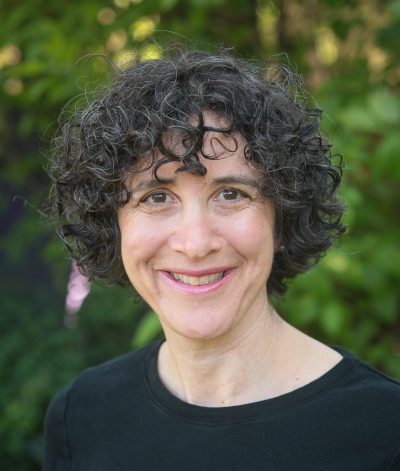Finding

Karen Fingerman,Texas Center on Aging and Population Sciences (CAPS), Kira Birditt, Michigan Center on the Demography of Aging (MiCDA) & colleagues examine loneliness in late life, television viewing, and physical activity.
Karen L Fingerman, PhD, Yijung K Kim, PhD, Yee To Ng, MA, Shiyang Zhang, BS, Meng Huo, PhD, Kira S Birditt, PhD, Television Viewing, Physical Activity, and Loneliness in Late Life, The Gerontologist, 2021;, gnab120, https://doi.org/10.1093/geront/gnab120
Background and Objectives
Television viewing is the most common leisure activity in late life and may ease loneliness but encourage sedentary behavior. These associations may be particularly evident among older adults who live alone and who may lack other forms of companionship throughout the day.
Research Design and Methods
Adults aged 65+ (N = 257) participated, of whom 34% lived alone. Participants completed an initial interview followed by a 5- to 6-day data collection involving multi-methods: (a) Electronically Activated Recorders (EAR) (30 seconds every 7 minutes) provided audio recordings of television viewing, (b) Actical accelerometers objectively measured physical activity, and (c) ecological momentary assessments (EMA) every 3 hours assessed social interactions.
 Results
Results
On average, older adults spent approximately 37% of their waking time (6.4 hours a day) watching television. Multilevel models revealed that television viewing occurred when participants were alone or with a spouse and was associated with a greater proportion of time sedentary, lower activity, and higher ratings of loneliness compared to when not watching television. Older adults who lived alone reported greater loneliness during 3-hour intervals when viewing television, but older adults who lived with others spent a greater proportion of time sedentary when viewing television.
Discussion and Implications
Findings are discussed with regard to different rationales and ways of watching television – as compensation for social isolation or as a passive leisure activity with a social partner. We discuss ideas for research on additional aspects of television viewing and screen time in late life.
